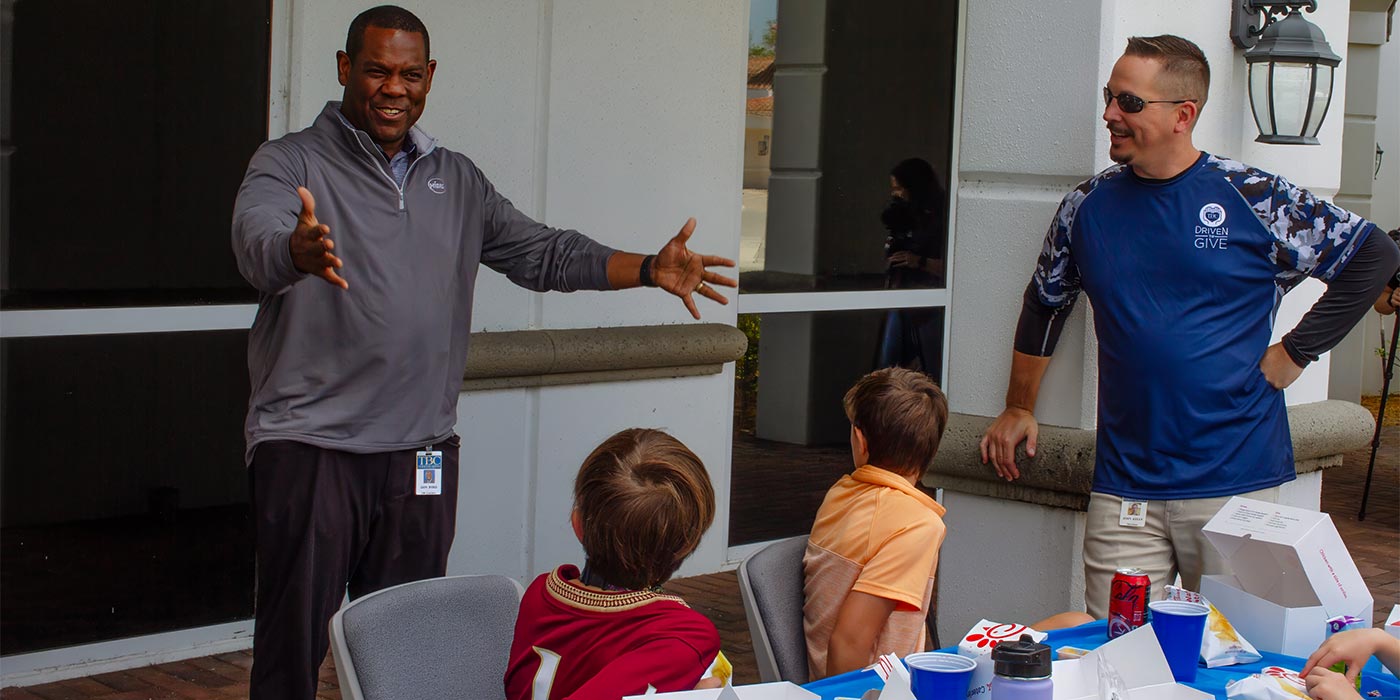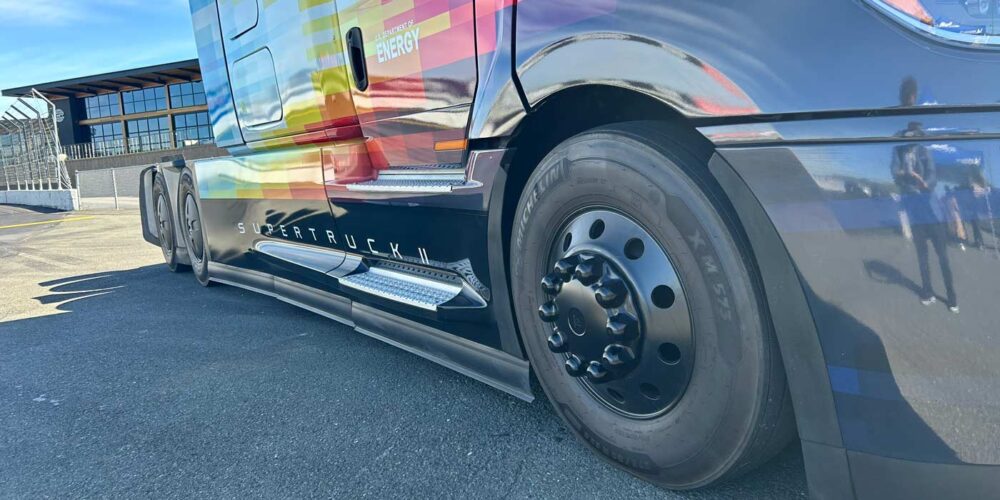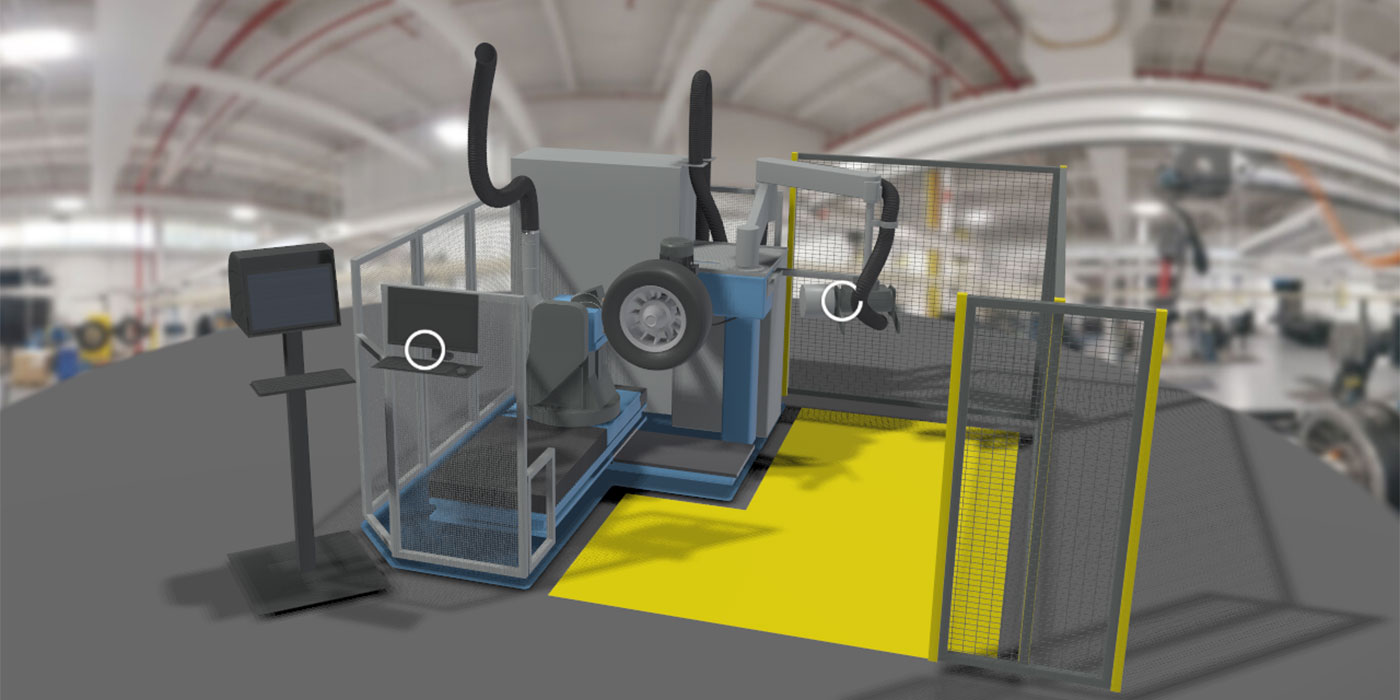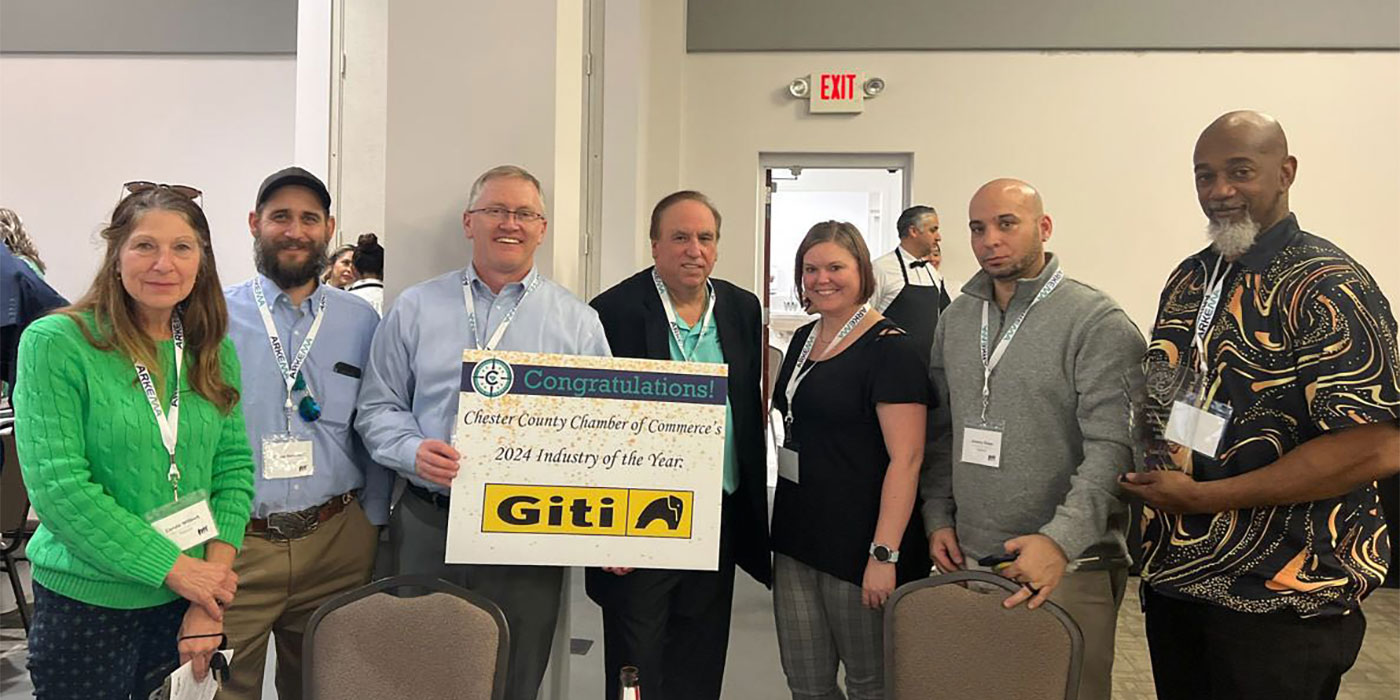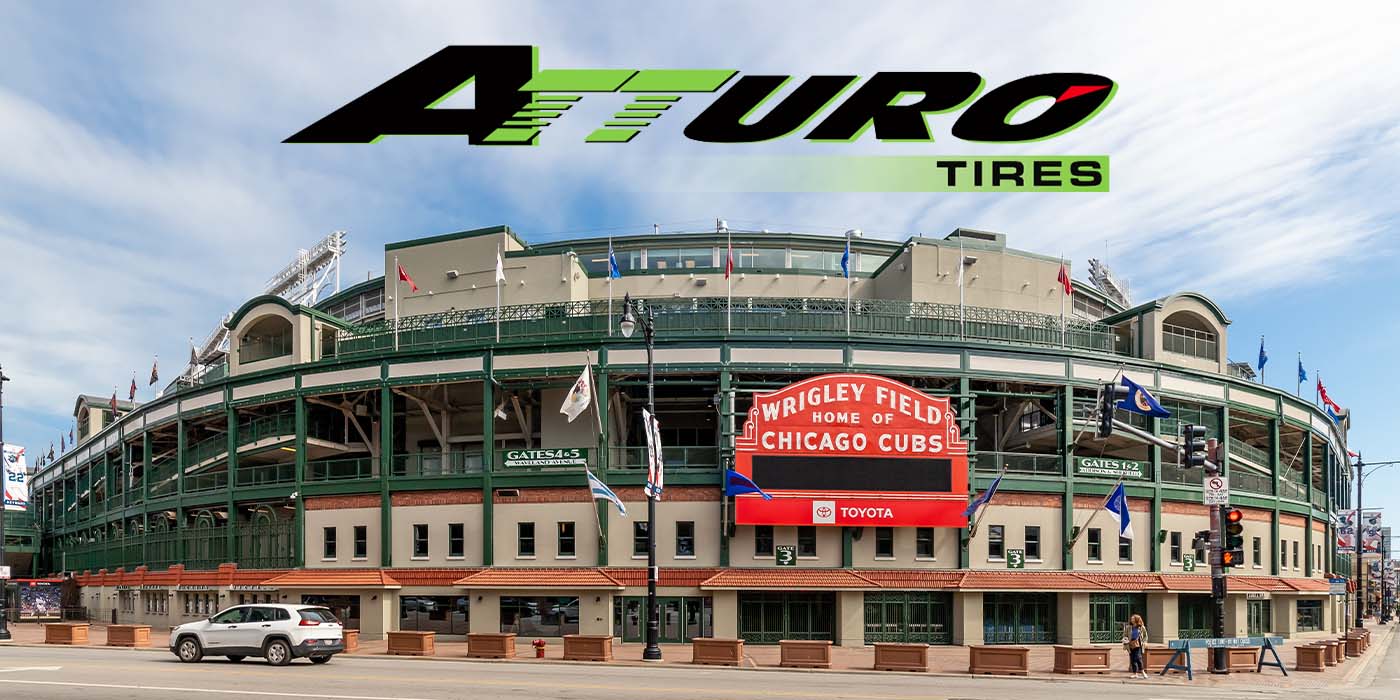Fridays are usually clogged with piles of last minute work and dreams of peaceful weekends. Not usually a hot “news” day; even bad news has the good taste to leave us be until Monday.
But every once in a while, the mighty news gods will shatter a quiet TGIF. As was the case last Friday afternoon.
Only this time it was good news…and about 10 years too late.
This story from the Washington Post came across my desk. Written by the talented reporter Peter Whoriskey, it uncovers some truths about the Ford-Firestone tire recalls of 2000 – and the weakness of federal investigations – that many of us heavily suspected but couldn’t prove.
Enjoy!
Ford Memos on Explorer Rollovers Point to Inadequate Federal Inquiry
These days, federal safety investigators are scrutinizing Toyota, seeking the elusive causes behind hundreds of reports of unintended acceleration.
But a decade ago, the federal safety agency was facing another high-profile technical mystery: More than 100 people had died in Ford Explorers. Was it faulty Firestone tires or was the Explorer itself too prone to rollover?
The National Highway Traffic Safety Administration eventually sided with the automaker, blaming the tires and rejecting charges that the most popular sport-utility vehicle was unstable.
But previously unreported internal Ford documents dredged up in lawsuits since then conflict with the finding that only tires were to blame and call into question the agency’s decision not to open a full investigation into the Explorer. The Ford memos show that the company’s own engineers had discovered potential dangers in two key Explorer features, its suspension and roof strength, that could make the vehicle especially lethal during a blowout.
After an investigation into 50 Explorer crashes in Venezuela, for example, company engineers concluded that they should replace the shock absorbers for customers to "save lives." They did, but only in Venezuela.
Explorer engineers also twice sought official deviations from the company’s own standards for roof strength, a factor that critics say made the cars more lethal in rollover accidents.
In response, Ford says that the Explorer complied with all federal safety standards, and that the engineers in Venezuela were only exploring one of many theories for the crashes. But the documents, which Ford has sought to keep from becoming public, indicate that it was hardly a clear-cut case.
"The whole thing just screamed greed," said La Rita Morales, part of a jury in California that earlier this year awarded an Explorer driver $23.4 million in damages. "I didn’t believe in my heart that a company like Ford would put out a product with question marks over it."
NHTSA officials now say they were aware of the issue with the shock absorbers and discussed the crashes with Venezuelan government officials. But in an echo of the Toyota controversy, which has led to another call in Washington for safety reform, the federal agency declined in 2002 to open a formal investigation into the Ford Explorer, just as it had declined for years to open investigations into the Toyota complaints of unintended acceleration.
Even 10 years ago, NHTSA had some reason to be skeptical of the idea that the tires were the sole cause of Explorer accidents. While Ford was pointing the finger at Firestone’s tires, the tiremaker was pointing back, blaming the Explorer for rolling over too easily in blowouts.
Consumer advocates argued that during a blowout, a driver should be able to "pull over, not rollover." An analysis by The Post in 2000 showed that even when the Explorer was equipped with Goodyear tires rather than Firestone products, they had a higher rate of tire-related crashes than other SUVs. The head of the House committee investigating the accidents, Rep. W.J. "Billy" Tauzin, said that NHTSA data warranted further scrutiny of the Explorer’s handling.
But Ford officials were adamant.
"It bears repeating: This is a tire issue and only a tire issue," Ford chief executive Jacques Nasser testified at a House committee hearing in June 2001.
Yet according to the documents, Ford’s recognition of a problem dates back at least to 1999, when Ford engineers investigating Explorer crashes in Venezuela found a problem with the Explorer’s stability. In a hard shift, "the truck tends to roll over," according to the report of one of the engineers, Edivia Caballero.
She listed the shock absorber as a "root cause" of the Explorer crashes in Venezuela, along with bad tires and the fact that the Explorer is taller and narrower than other trucks.
Ford issued a bulletin to replace the shock absorbers on Explorers in Venezuela, according to the documents. This change of shocks in Venezuela "will save lives," according to one Ford e-mail. But the automaker did not offer customers new shocks in the United States.
In response, Ford says that the engineers who wrote the memos about the shocks were just speculating about the cause of the accidents.
As for why the company, based on mere speculation, would give Venezuelan customers new shock absorbers at an estimated cost of $3 million, Ford says the shock absorbers were changed to accommodate Venezuelan drivers who preferred a firmer ride.
"The roads are different in Venezuela, the drivers load them up more, and they drive very fast," said Ford spokesman Said Deep.
The other potential Explorer problem discussed in the memos is the strength of the roof. Many experts blame the deaths in rollover crashes to a phenomenon known as "roof crush."
At the time, vehicle roofs were required by federal standards to stand up to 1.5 times the vehicle’s weight. It was called the "strength-to-weight" ratio.
Internal Ford guidelines called for a ratio of 1.875 in order to add a margin of safety. That way, even with variations in sheet metal strength and other production variables, Ford roofs could pass the federal standard.
Bur Explorer’s engineers twice requested and received official "deviations" from that company standard, first dropping to a ratio of 1.72 and then 1.63. This allowed Explorers with weaker roofs to pass the tests.
Then in June 1999, engineers tested another Explorer. The roof strength was lower than they had expected – it was 1.52 – just above the federal guidelines, but almost completely without the margin of safety that other Ford vehicles had. It was just over the federal guideline, and by some tests, the weakest of the best-selling SUVs. It was also far lower than current federal standard, which was last year doubled to 3.
The engineers at the time appear to have been startled.
"The max load numbers experienced were less than expected," a Ford engineer wrote to colleagues in 1999. "We need to make a concerted effort to quickly find out why."
The roof has "a less than desirable safety margin," another engineer said.
Ford officials noted recently that no Ford Explorer has failed the federal standard for roof crush. They said the lowest of the roof tests were conducted on prototype vehicles and do not indicate how production vehicles would perform.
After months of study in 2001, NHTSA dismissed Firestone’s complaints that the Explorer had a problem with "oversteering" in a blowout. In a lengthy report, NHTSA found that in that respect the Explorer was no worse than other SUVs on the market. There would be no formal investigation of the Explorer.
"NHTSA didn’t open the investigation because it wasn’t asking the right question," said Richard Denney, an Oklahoma attorney for victims in Explorer cases. "They do some good work, but they don’t have the resources."
As he and other plaintiffs’ attorneys have argued to juries, sometimes successfully, the problem in the Explorer is not oversteering but a phenomenon known as "skate" caused by vibrations in the rear axle – vibrations that occur for example when a tire blows out.
After the controversy, Ford made critical changes to the Explorer. For the 2002 model year, the distance between the wheels was widened by about three inches, making it less prone to roll over. Critically, independent rear suspension was added.
NHTSA, meanwhile, continued to grapple with Explorer complaints and crashes.
Five years ago, Stephen M. Forrest, a California engineer who testifies in Explorer cases, called the roofs into question and asked NHTSA to investigate.
The agency declined, citing, among other things, limited resources and the fact that none of the vehicles had actually failed the test.
Then, in March 2006, the Explorer again seems to have aroused the agency’s interest. It asked Ford for information on deaths in Ford Explorers from late 2000 to 2005. It did not open an investigation.
Even after the Firestone tires were recalled, tire-related deaths in Ford Explorers of that era continued.
After skyrocketing in 2000 to 81, tire-related deaths in Explorers have averaged 49 over the last five years of records.
The statistics were compiled by Randy Whitfield and Alice Whitfield, experts who work with plaintiffs’ attorneys. A Ford spokesman did not dispute the counts but said that the federal statistics cited by the Whitfields do not accurately count tire-related deaths.
"The National Highway Traffic Safety Administration and others have repeatedly tested the Ford Explorer. All of those tests consistently showed that the Explorer is a safe vehicle," said Ford spokesman Deep. "We have always maintained that it is safe."



